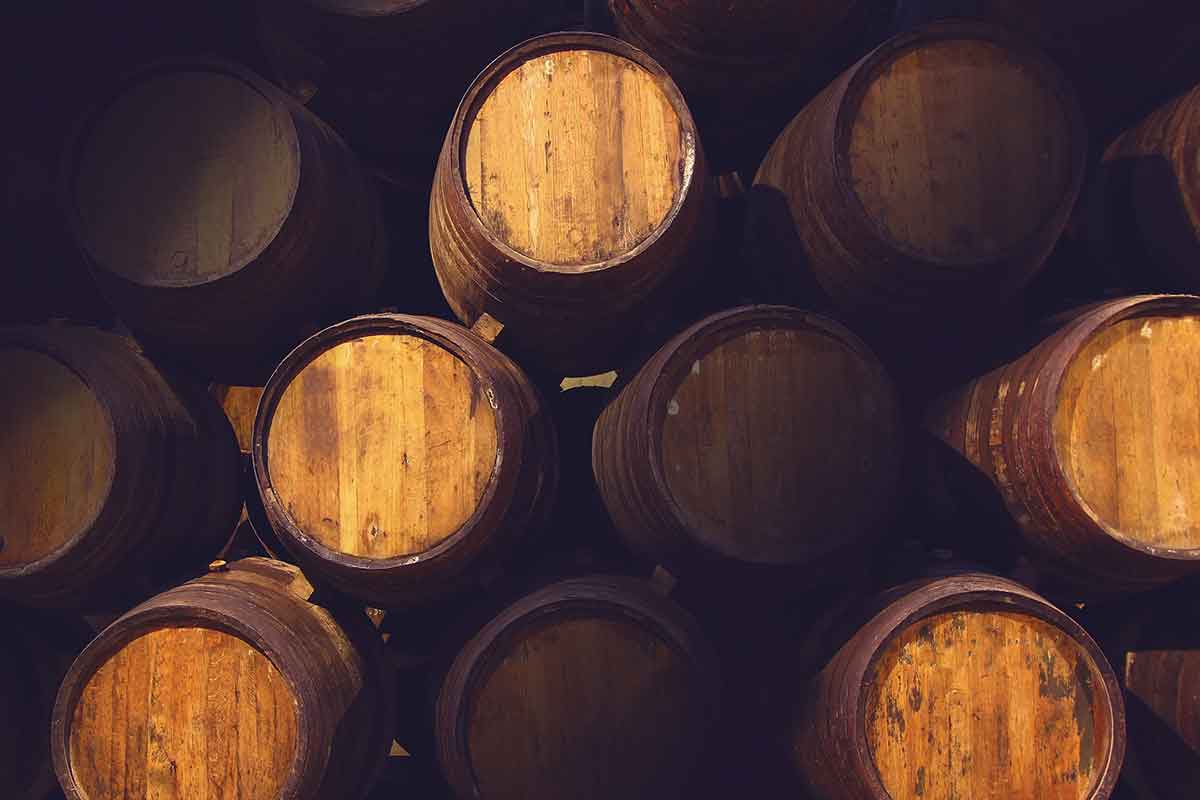We have discussed whiskey finished in fortified wine casks. This time it’s all about using still wine barrels in the whiskey maturation process.
Still wine covers the entire landscape of grape wines that don’t have brandy or other distillate added to them. Wines such as port, sherry and Madeira, fall into this department and are considered fortified. Still wine also covers those wines that aren’t bubbly like Champagne. As most of you know, they come in red, white and rosé forms, out of a massive range of grapes and styles from dry to sweet.
Whiskey finished in wine – what’s the effect?
Any type of wine cask finish is going to add a bit of sweetness to the flavor of a whiskey. But the style of wine used, and also how long the whiskey rests in its cask, will determine the level of sweetness and fruitiness of the finished whiskey.
Still wines make a whiskey taste more, well, grapey, no matter the style. The darker and denser the grape, the more intense that grape flavor is likely to be. It doesn’t necessarily make the whiskey sweet. Some are completely dry and the wine simply adds a touch of fruit. The outcome of others is geared toward sweetness, specifically when aged in casks from sweeter styles of wine.
Full bodied red wines add a jammy quality to a whiskey. Teeling, Crown Royal and Glenfiddich have played with cabernet sauvignon, merlot, and/or malbec. These grapes add dimensions of plums, grapes, Bing cherries, and other dark fruits as well as some acidity or tartness. These aforementioned grapes are also the primary grapes of red Bordeaux. You can find examples of aging in these barrels from Auchentoshan, Green Spot and Edradour.

Rhône varietals & pinot noir finishes
Glenmorangie and Bruichladdich Rocks have gone to the Rhône varietals, such as syrah and mourvèdre, for concentrated flavors of raisins, prunes and slightly chocolatey notes. You might also see wines finished in Rhône’s Chateauneuf du Pape subregion, which uses up to 13 different grapes in their blends for complexity.
Pinot noir adds a more floral effect to the fruitiness— think honeysuckle, lilac, and maybe even roses. The grape is grown all over the world from France’s Burgundy region to North and South America and Australia. Hellyers Road from Tasmania and Woodford Reserve from the US have both experimented with pinot noir finishes.
Can you finish whiskey in white wine? Yes!
White wine is a bit more uncommon in whisky. Teeling, Glen Moray, and Filibuster have all gone into chardonnay (sometimes labeled as Burgundy) for certain releases. Otherwise, it’s extremely rare to find other dry white grapes used as finishes for whiskey.
However, when it comes to dessert white wine, Sauternes from Bordeaux, France, leads the pack, especially with Scotch whisky. It’s made from late harvest sémillon, sauvignon blanc and/or muscadelle grapes. These grapes remain on the vine until they’ve undergone botrytis, or “noble rot”. In other words, until they become a juicy pre-raisin. This results in a sweet wine that is rich with honeyed, dried fruit characteristics and sometimes a whiff of orange blossom.
Whiskey aged in former Sauternes barrels is commonly found on restaurant and bar menus as after-dinner selections. This finish works well with both peated and unpeated styles. The reigning king of the Sauternes expressions is Glenmorangie’s Nectar d’Or. You’ll also find Sauternes finishes in releases from Ben Riach, Arran, Tullibardine and even Whistlepig.
So if you were fuzzy on the whole good/bad thing, know that crossing the streams of wine and whiskey isn’t bad at all!
For a broader look at wine finished whiskeys, grab our app or visit our site!
With Distiller, you’ll always know what’s in the bottle before you spend a cent. Rate, Review, and Discover spirits. Head on over to Distiller, or download the app for iOS and Android today!
Want to enjoy Distiller ad-free plus exclusive discounts, giveaways, features and other perks? Join Distiller Pro today to support the Distiller platform and keep ads off of your screen.



